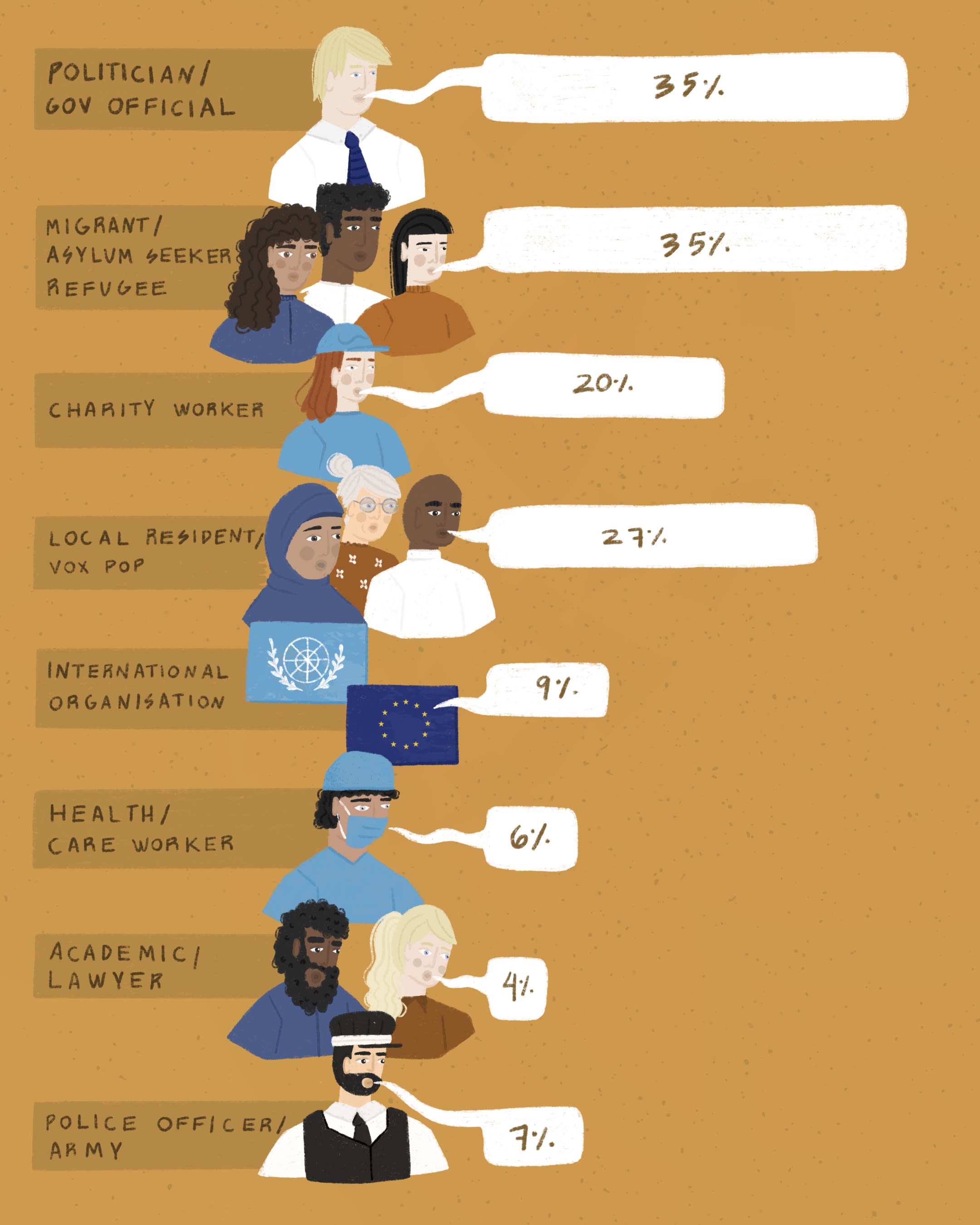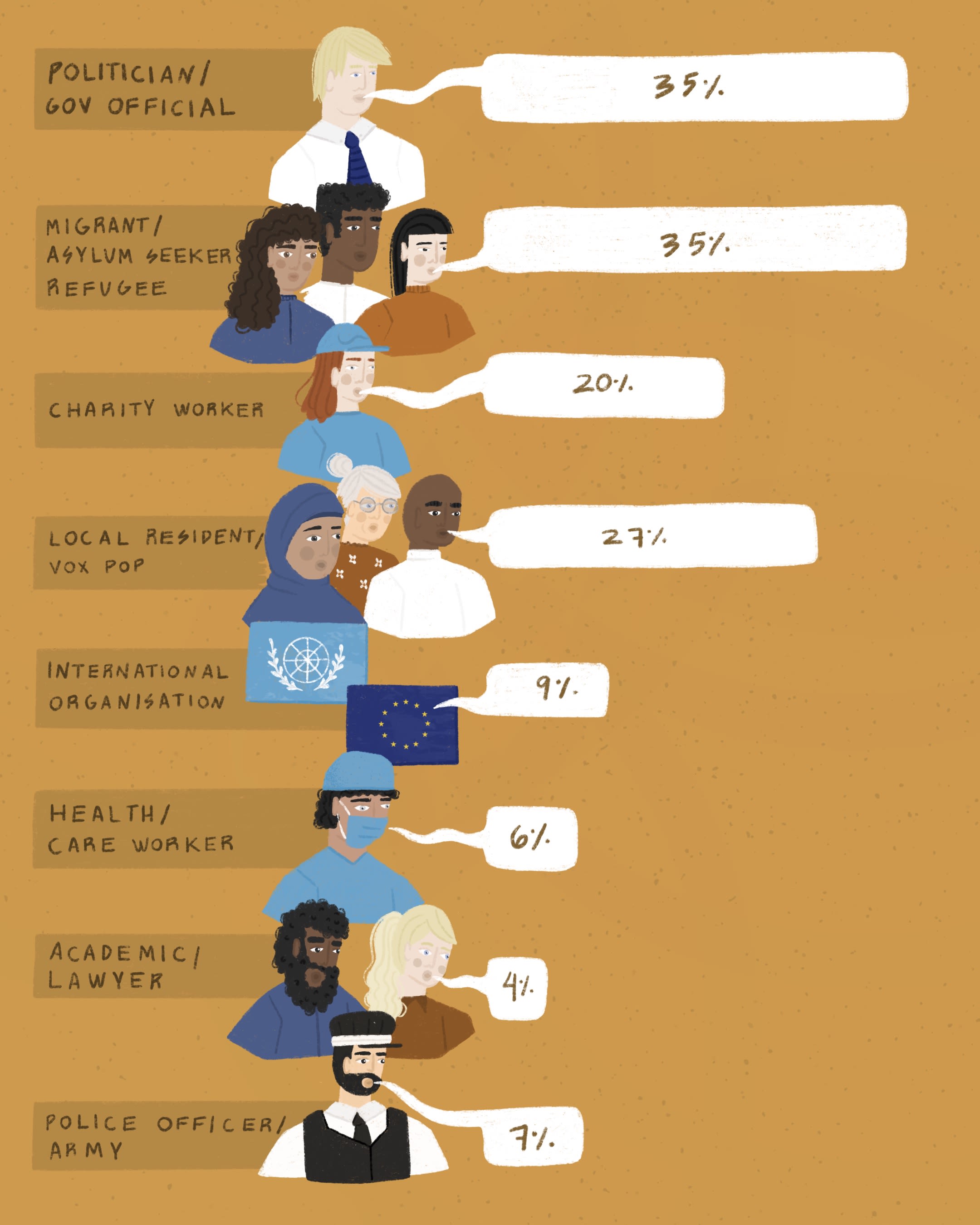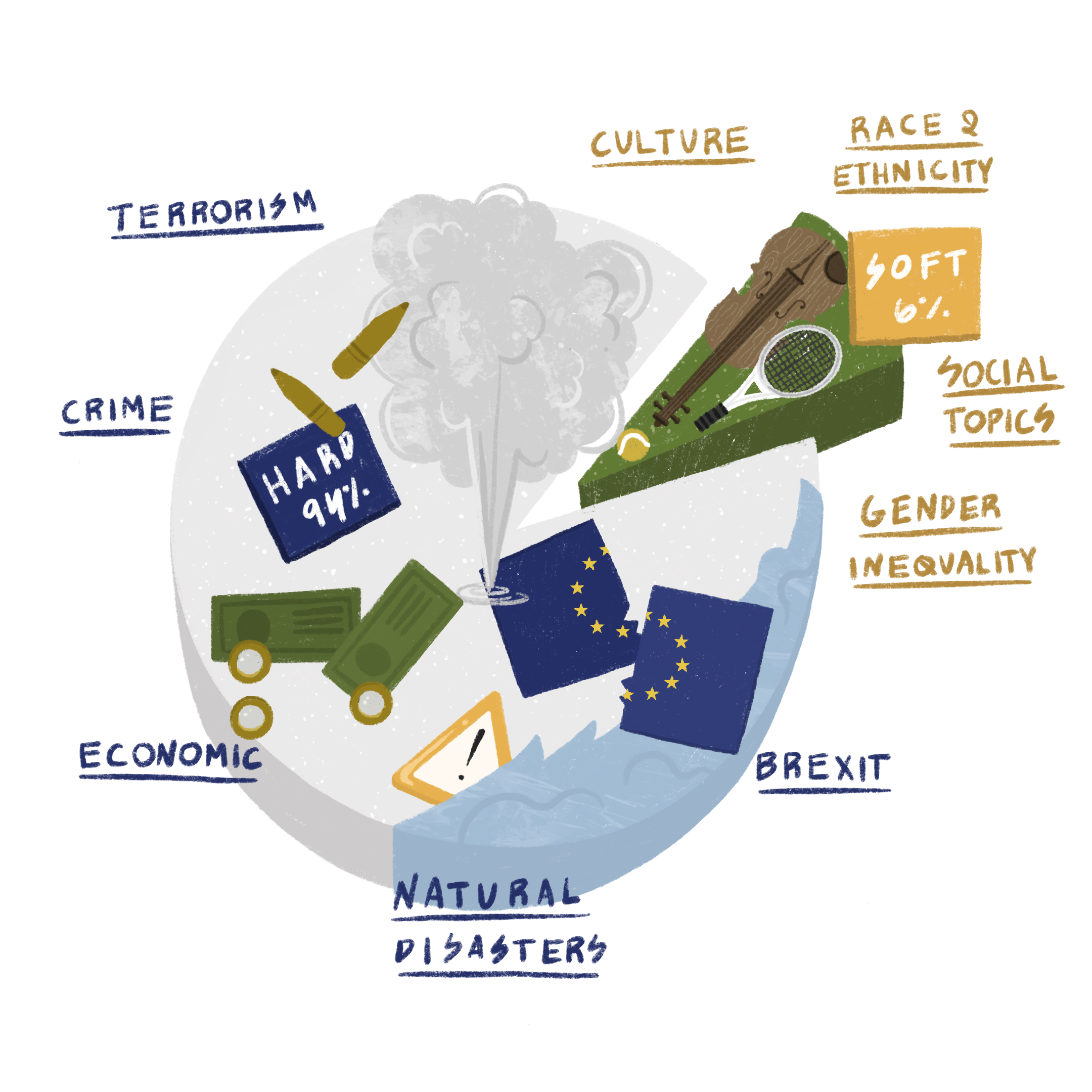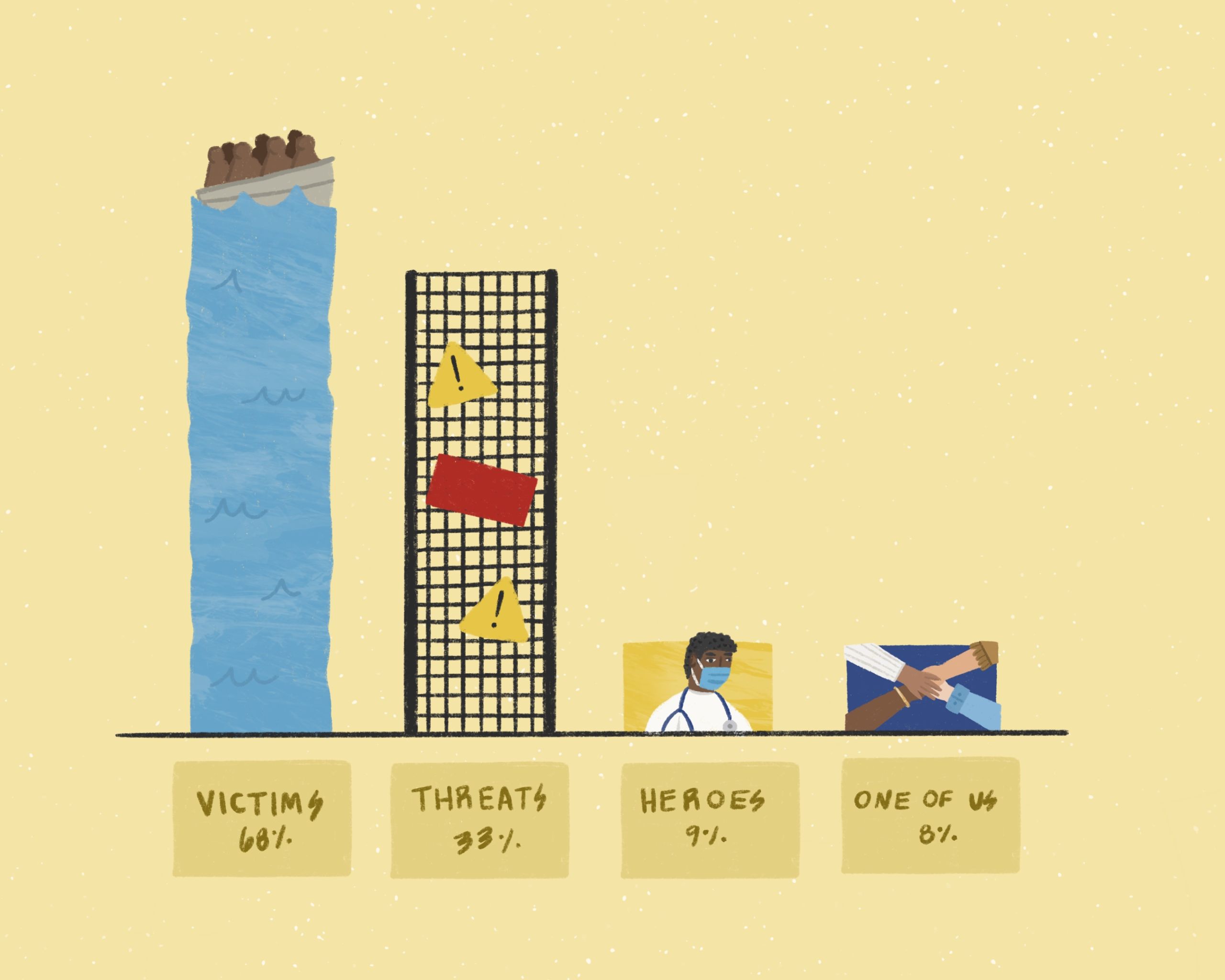Breaking the Frame
Challenging representations of migration in TV news
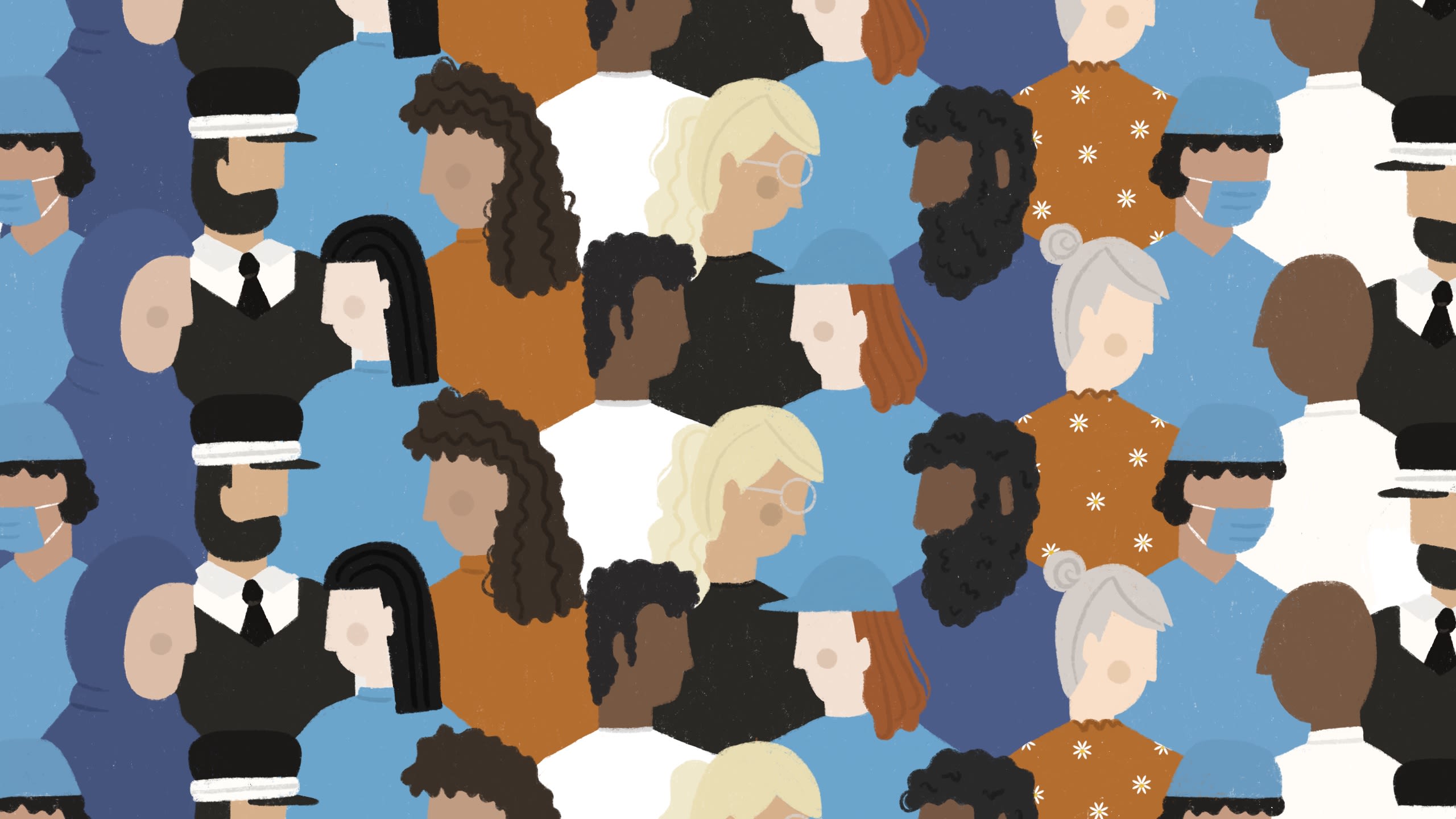
Whether it is the dismal levels of representation in its workforce, stereotypes in editorial content, or voices marginalised through news reports, there continues to be an urgent need to address the lack of diversity in journalism.
This is particularly the case when it comes to the reporting of migration. Over the last five years, in covering events like Brexit, asylum seekers crossing the Channel or the proposed changes to the immigration system, journalism has been accused of helping to stoke divisions between communities.
The frequent monitoring and evaluation of the press is therefore essential if our news is to be relied upon as being accurate, representative and trustworthy.
Unlike print and digital journalism, broadcast has remained relatively unexamined by academic researchers, even though television continues to be the most popular medium for accessing the news and one of the most trustworthy sources of information.
In Breaking the Frame, we therefore turn our attention to television news, offering an overview of how well the UK’s main broadcasters fare in their coverage of migration.
We started by analysing a year’s worth of TV news bulletins, gaining an insight into the editorial decisions made by news producers.
As the human impact of representation is often missing from research studies, we then invited those with a lived experience of migration to take part in focus groups to discuss our data.
We also wanted to deliver a piece of work that was participatory and prioritised researching with rather than researching on our participants.
So, the final layer of our inquiry was to commission the focus group - who were mostly professional journalists - to produce multimedia content that responded to the research themes. With editorial control in their hands, what stories would they tell and how would they be told?
The evidence gathered by Breaking the Frame suggests that whilst there are encouraging practices in the way broadcasters report migration, for example that migrants, refugees and asylum seekers are regularly quoted in TV news reports, there is also scope for improvement. Stories often cover limited subjects and focus on the migrants as passive victims, and this has a marginalising impact on the those being reported on.
We believe that by challenging some of these frames, expanding not only the range of stories that are told, but also who gets to tell the stories of migration, more accurate representations can be achieved.
By Vivienne Francis
Key findings
Our research analysed news from BBC, ITV and Sky News. Our timeframe ran from March 2020 until February 2021 and included all weekdays broadcast.
Representation of Migrants, Refugees and Asylum Seekers
Despite their structural and financial differences, the representation of migrants, refugees and asylum seekers in the BBC, ITV and Sky News 10 o’clock news programmes is very alike.
All three broadcasters use almost identical sources, cover the same type of news, use similar frames and visually depict them using the same techniques. This uniformity results in very similar stories being told about a complex and varied phenomenon.
Voices
Migrants, refugees and asylum seekers are regularly quoted on television news programmes. Alongside politicians and government officials, they are the most commonly consulted sources. This is encouraging and shows how migrants, refugees and asylum seekers have some influence on the stories being told about themselves. However, their position within their stories and the ways in which journalists and editors use these quotes should be better understood.
There is an increase in representation, [but] we cannot just say: oh yes, there is an increase and sit back. We need to qualify it. We need to make sense of this increase.
Type of News
The overwhelming majority of stories about migrants, refugees and asylum seekers cover hard news themes. This means that topics traditionally seen as soft news, such as gender inequality, race and ethnicity, religion, and culture and sports, are hardly ever discussed in relation to migration. Furthermore, individual stories of success or sacrifice, which are not only informative but also encourage social and political action, are seldom covered by television news. The resulting picture is therefore, at best, partial and at worst, distorting.
Migrants in the UK are doing phenomenal work, which is considered soft news. However, it is hardly covered.
Frames
Most stories about migrants, refugees and asylum seekers frame them as victims of some sort. Although it is undeniable that many of them have survived oppressive regimes, unsafe travels, natural disasters and/or unjust policies, relying on narratives of victimhood can be patronising and disempowering. Furthermore, the incredible contributions that they make to their communities are often ignored in favour of more tragic or shocking stories.
Even the victim frame can be quite dangerous, because when we keep saying that that person or group of people are victims, we are also saying that they have nothing to offer.
Although less than other types of media, broadcasting news still represents migrants, refugees and asylum seekers as threats. The danger they represent is often framed not as an attack on an individual but as an existential threat to the physical, economic and cultural integrity of the nation. These sorts of representations are unfounded and often used for political purposes.
By Alejandro Abraham Hamanoiel
OUR STORIES
Through a series of workshops that brought together the migrant journalists with students, editors, illustrators, photographers and filmmakers, experiences and perspectives were exchanged and creative ideas developed.
The result is a collection of stories that showcase the talents of a group of journalists who are fired up with something to say but, in most cases, lack the opportunity and means of production to share it. They use their storytelling to challenge prevailing editorial conventions and broaden the narratives and angles that they feel are missing.
Illustrations by Daniela Di Martino
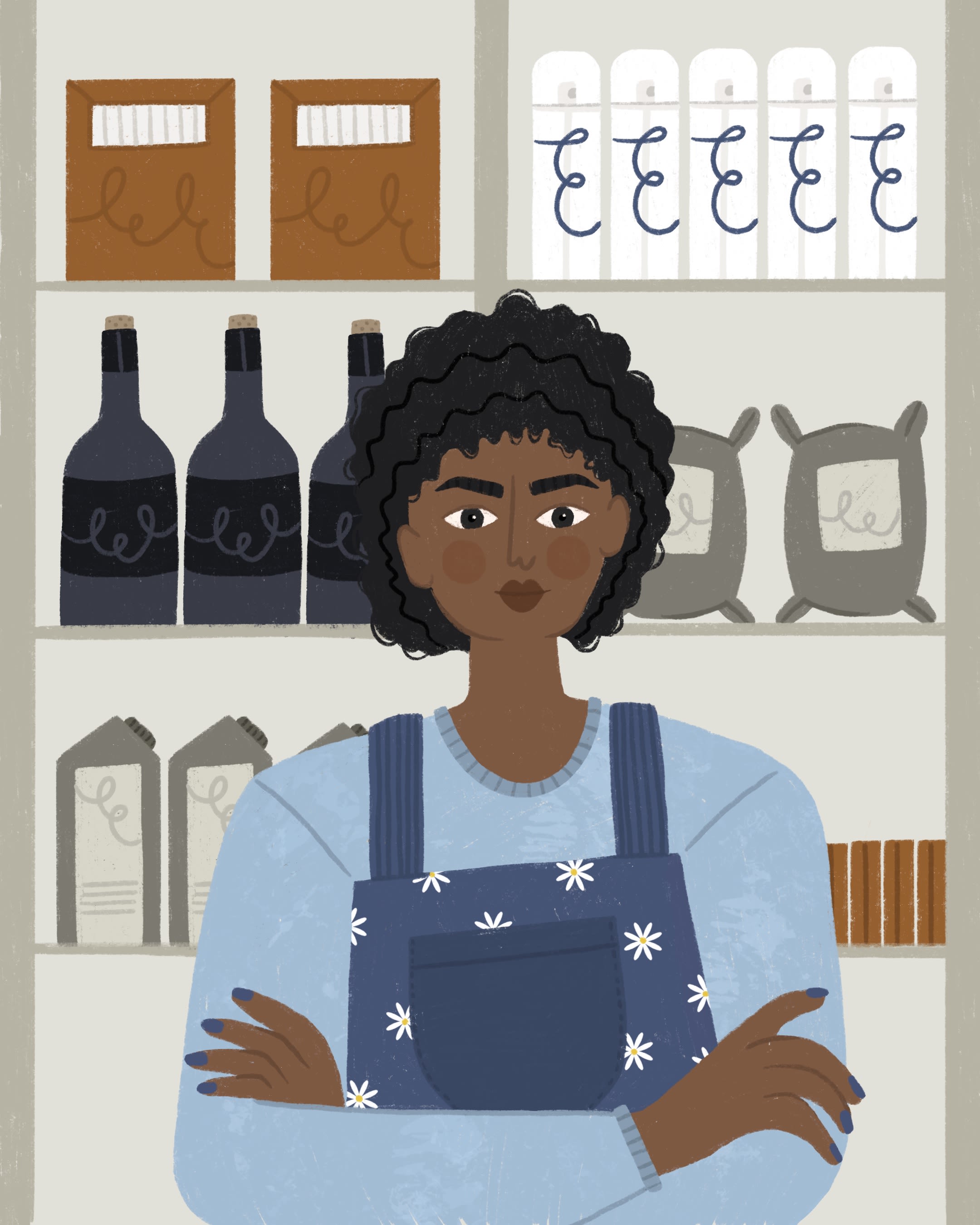



This work is delivered by The Refugee Journalism Project and supported by Unbound Philanthropy. We create opportunities that support the authenticity and agency of a group whose voices and perspectives struggle to get find a place in the mainstream media. Since 2016, we have supported displaced and exiled journalists and storytellers to re-connected with their careers. We have focused on helping them to become better connected within the industry, updating their journalistic skills and finding publishing opportunities, freelance work and placements.
